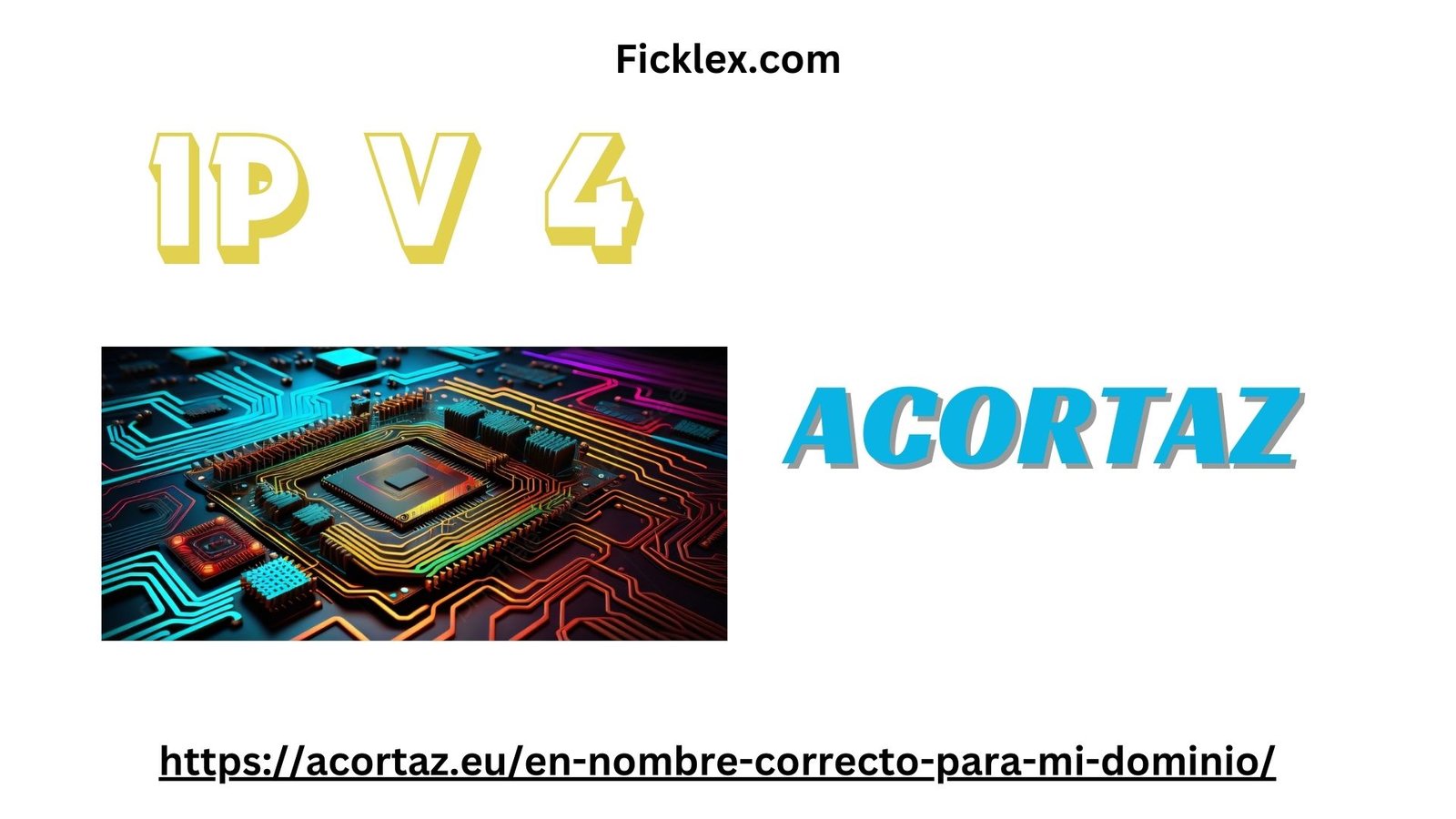The Utility of IPv4
https://acortaz.eu/la-utilidad-de-ipv4-guia-completa/ : IPv4, which stands for Internet Protocol version 4, is the fourth version of the Internet Protocol (IP) that is widely used to identify and locate devices on a network. It is the most commonly used protocol for connecting devices to the internet. IPv4 addresses are represented by a series of four numbers separated by dots, such as 192.168.0.1.
IPv4 offers several advantages that make it a popular choice for internet connectivity:
- Compatibility: IPv4 is supported by almost all devices and operating systems, making it easy to implement and use.
- Widespread Adoption: IPv4 is the most widely used protocol, and most websites and services are still primarily designed to work with IPv4 addresses.
- Network Address Translation (NAT): NAT allows multiple devices to share a single public IPv4 address, which helps conserve the limited pool of available IPv4 addresses.
- Stability: IPv4 has been in use for many years and is a mature and stable protocol.
Read about An Overview of //severedbytes.net
Usage of NAT with IPv4
Network Address Translation (NAT) is a technique used to translate private IPv4 addresses into public IPv4 addresses. It allows multiple devices within a local network to share a single public IP address, enabling them to access the internet.
NAT works by assigning private IP addresses to devices within a local network, such as a home or office network. These private IP addresses are not routable on the internet. When a device from the local network wants to communicate with a device on the internet, NAT translates the private IP address to a public IP address assigned by the internet service provider (ISP).
The use of NAT has become essential due to the limited availability of public IPv4 addresses. With the increasing number of devices connected to the internet, the pool of available IPv4 addresses is rapidly depleting. NAT allows organizations and individuals to connect multiple devices to the internet without requiring a unique public IP address for each device.
There are different types of NAT, including:
- Static NAT: Maps a single private IP address to a single public IP address.
- Dynamic NAT: Maps multiple private IP addresses to a pool of public IP addresses.
- Port Address Translation (PAT): Maps multiple private IP addresses to a single public IP address by using different port numbers.
NAT provides an extra layer of security by hiding the private IP addresses of devices within a network from the public internet. It acts as a firewall by preventing direct access to devices on the local network from the internet.
Web Hosting with IPv6 : https://acortaz.eu/la-utilidad-de-ipv4-guia-completa/
IPv6, the successor to IPv4, offers a significantly larger address space and improved features compared to IPv4. It uses 128-bit addresses, allowing for a virtually unlimited number of unique IP addresses. IPv6 also includes built-in security features and improved network performance.
Web hosting with IPv6 involves hosting websites and services on servers that have IPv6 connectivity. This allows users with IPv6-enabled devices to access websites directly using IPv6 addresses.
While IPv6 adoption is increasing, many websites and services still primarily rely on IPv4. However, web hosting providers are gradually offering IPv6 support to cater to the growing number of IPv6-enabled devices.
Web hosting with IPv6 offers several benefits:
- Expanded Address Space: IPv6 provides an almost unlimited number of unique IP addresses, ensuring the availability of addresses for future growth.
- Improved Performance: IPv6 includes features such as better routing efficiency and reduced network congestion, resulting in improved website loading times and network performance.
- Enhanced Security: IPv6 incorporates built-in security features, such as IPsec, which provides encryption and authentication for network traffic.
As IPv6 adoption continues to grow, web hosting providers are working towards providing seamless support for both IPv4 and IPv6. This allows websites and services to be accessible to users with both IPv4 and IPv6 connectivity.
In conclusion, IPv4 is still widely used due to its compatibility, widespread adoption, and the use of NAT. However, the transition to IPv6 is gradually taking place, offering a larger address space and improved features. Web hosting providers are adapting to support both IPv4 and IPv6 to ensure seamless connectivity for all users.
https://acortaz.eu/la-utilidad-de-ipv4-guia-completa/ https://acortaz.eu/la-utilidad-de-ipv4-guia-completa/ https://acortaz.eu/la-utilidad-de-ipv4-guia-completa/ https://acortaz.eu/la-utilidad-de-ipv4-guia-completa/ https://acortaz.eu/la-utilidad-de-ipv4-guia-completa/ https://acortaz.eu/la-utilidad-de-ipv4-guia-completa/
